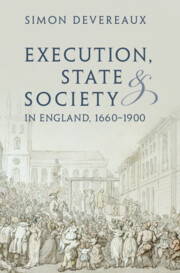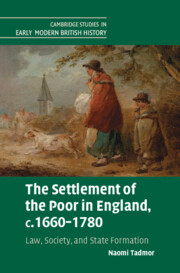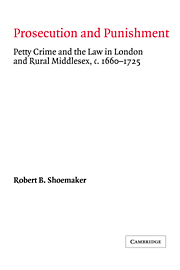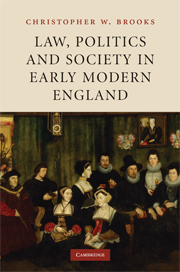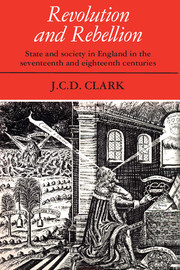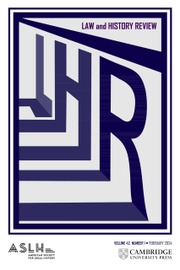Execution, State and Society in England, 1660–1900
This book provides the first comprehensive account of execution practices in England and their extraordinary transformation from 1660 to 1900. Agonizing execution rituals were once common. Male traitors were hanged, disembowelled while still alive, then decapitated and quartered. Female traitors were burned alive. And common criminals slowly choked to death beneath wooden crossbeams erected at the margins of towns. Some of their bodies were either left to rot on roadside gibbets or dissected by anatomy instructors. Two centuries later, only murderers and traitors were executed – both by hanging – and they died alone, usually quickly, and behind prison walls. In this major contribution to the history of crime and punishment in England, Simon Devereaux reveals how urban growth, and the unique public culture it produced, challenged and largely displaced those traditional elites who valued the old 'Bloody Code' as an instrument of their rule.
- Provides the first comprehensive account of the “Bloody Code” and its transformation by the 1900s
- Moves beyond the simple law passage or failure of new laws to reveal the underlying social and cultural pressures for change
- Situates executions in their specific, local contexts and illustrates how the transition to modernity transformed both
Reviews & endorsements
‘No historian has brought more analytic depth and subtle understanding to the study of capital punishment in early modern England than Simon Devereaux. This account of execution practice and culture over two centuries of English history will cement his well-deserved reputation. The book reveals the numerical pattern of executions, the grisly rituals of the gallows, and the impact of changing sensibilities on execution culture. It is exhaustively researched, compellingly argued, and lucidly written. It is quite simply a tour de force.’ Victor Bailey, University of Kansas
‘The book is both a critique and an argument about the changing logic of the governors of England, as an increasingly large and wealthy urban elite questioned the traditional rituals, their frequency, and the severity of the law. The governors of England wanted the gallows to be both a threat and a morality play for the unpropertied poor. Simon Devereaux’s explanation of these conflicting pressures and purposes is informed by his invaluable database of 9,481 men, women, and children capitally convicted at the Old Bailey between 1730 and 1837.’ Douglas Hay, Osgoode Hall Law School
‘Simon Devereaux brings together several decades of work, including his own, in English criminal justice history to give a complete picture of a great but painfully slow transition from a Tudor-Stuart England that publicly executed people for what would now be considered trivial property infractions, to Queen Victoria’s reign that executed people out of public view for the single crime of murder, to the ultimate abolition of capital punishment in the mid-twentieth century. He sensitively enters a mental world very different from that of today, while at the same time clarifying how political, social, and cultural changes made this great transformation possible.’ Martin Wiener, Rice University
Product details
October 2023Hardback
9781009392150
330 pages
235 × 158 × 30 mm
0.76kg
Available
Table of Contents
- 1. Introduction
- 2. Executions for Treason, 1660-1820
- 3. Changing Cultures of Execution: Religion and Feeling, 1660-1770
- 4. Changing Cultures of Execution: Reason and Reforms, 1770-1808
- 5. The Murder Act: Anatomization, 1752-1832
- 6. The Murder Act: Hanging in Chains, 1660-1834
- 7. The 'Bloody Code' Debated, 1808-1821
- 8. The 'Bloody Code' Diminished, 1822-1830
- 9. The Vicissitudes of Public Execution, 1830-1900
- 10. Conclusion.

